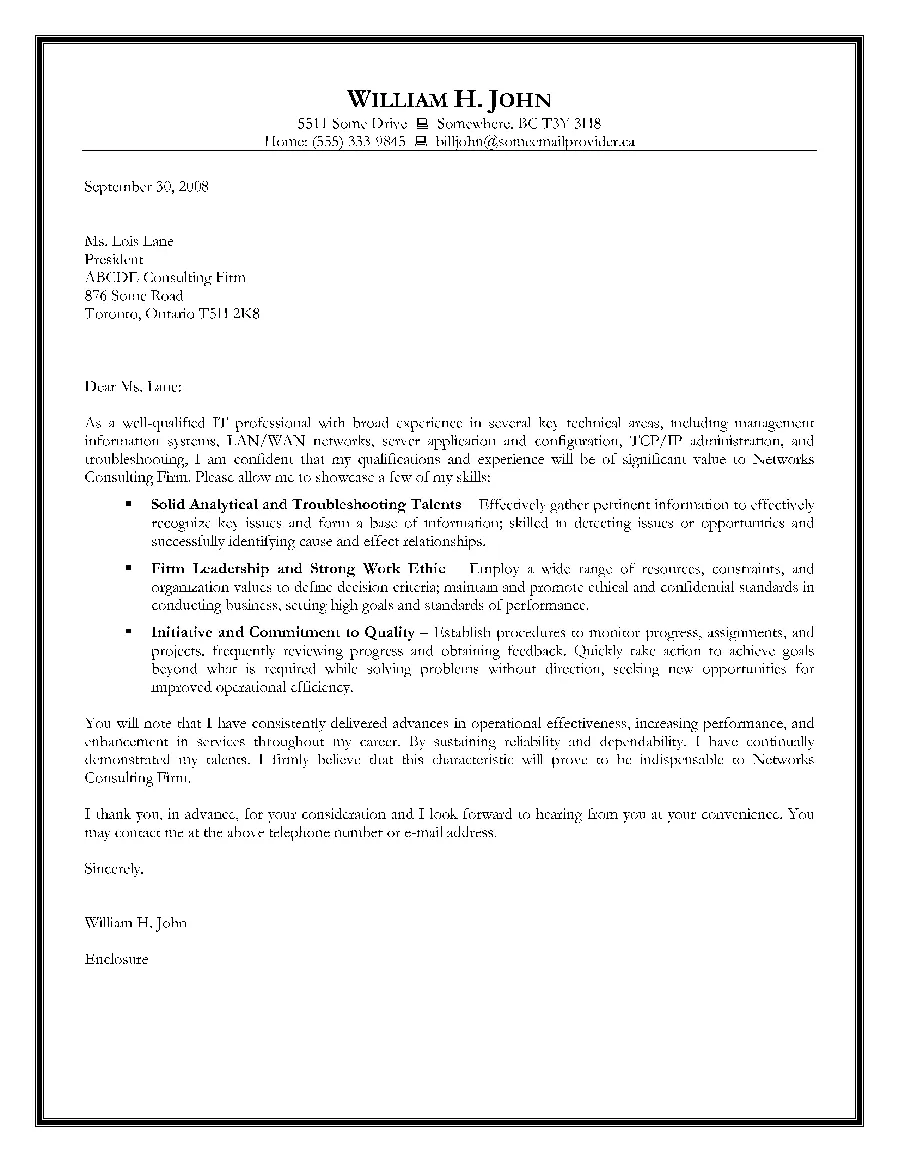What is a Cover Letter?
A cover letter is a crucial document accompanying your resume when applying for a job. It serves as an introduction, providing a snapshot of your skills, experience, and why you are a suitable candidate for the position. Think of it as your opportunity to make a strong first impression and persuade the hiring manager to read your resume. A well-crafted cover letter highlights your qualifications and demonstrates your enthusiasm for the role and the company. It is not merely a repetition of your resume but a personalized narrative that connects your abilities to the specific job requirements. Remember that cover letters are particularly vital in the Canadian job market, where a personalized approach is often valued.
Why a Cover Letter is Important
In the competitive Canadian job market, a cover letter is often the deciding factor that sets you apart. It provides context to your resume, elaborating on your achievements and illustrating how your skills align with the employer’s needs. Hiring managers often use cover letters to assess your communication skills, attention to detail, and genuine interest in the role. The cover letter allows you to explain gaps in your employment history, career transitions, or any other aspects of your background that might require clarification. It is also a great way to demonstrate your understanding of the company culture and express your motivation to contribute to their success. Many employers in Canada expect a cover letter; omitting it can signal a lack of professionalism or a lack of genuine interest in the position.
Key Components of a Cover Letter
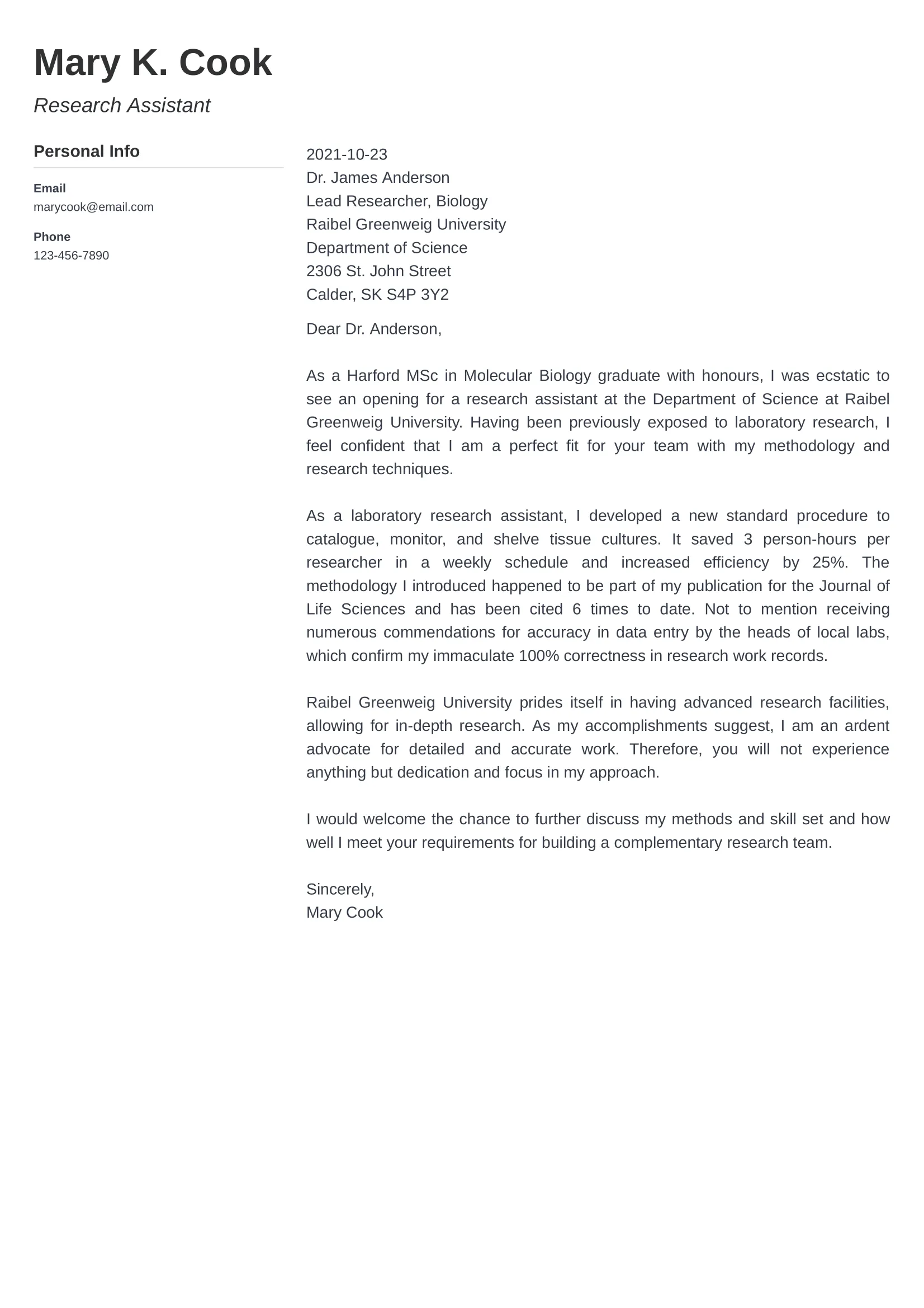
Header
The header of your cover letter is the first element a hiring manager sees, so it must be polished and professional. It typically includes your contact information and the date. Ensure your header is correctly formatted and free of errors. This section is crucial for providing the recruiter with easy access to your contact details. Keep the design clean and easy to read, using a standard font and ensuring the information is aligned. Always double-check for accuracy; a small mistake, like a misspelled email address or an incorrect phone number, could be a costly error.
Personal Information
Include your full name, phone number, email address, and optionally, your LinkedIn profile URL. Ensure your email address is professional; avoid using nicknames or informal addresses. Present this information clearly and concisely. This part is critical to make it easy for the employer to contact you. Verify all your contact details are correct and up-to-date to prevent missed opportunities. Make sure your LinkedIn profile reflects your current experience and skills, as this provides additional information to the hiring manager. Make sure your LinkedIn profile is also up to date.
Date and Recipient Information
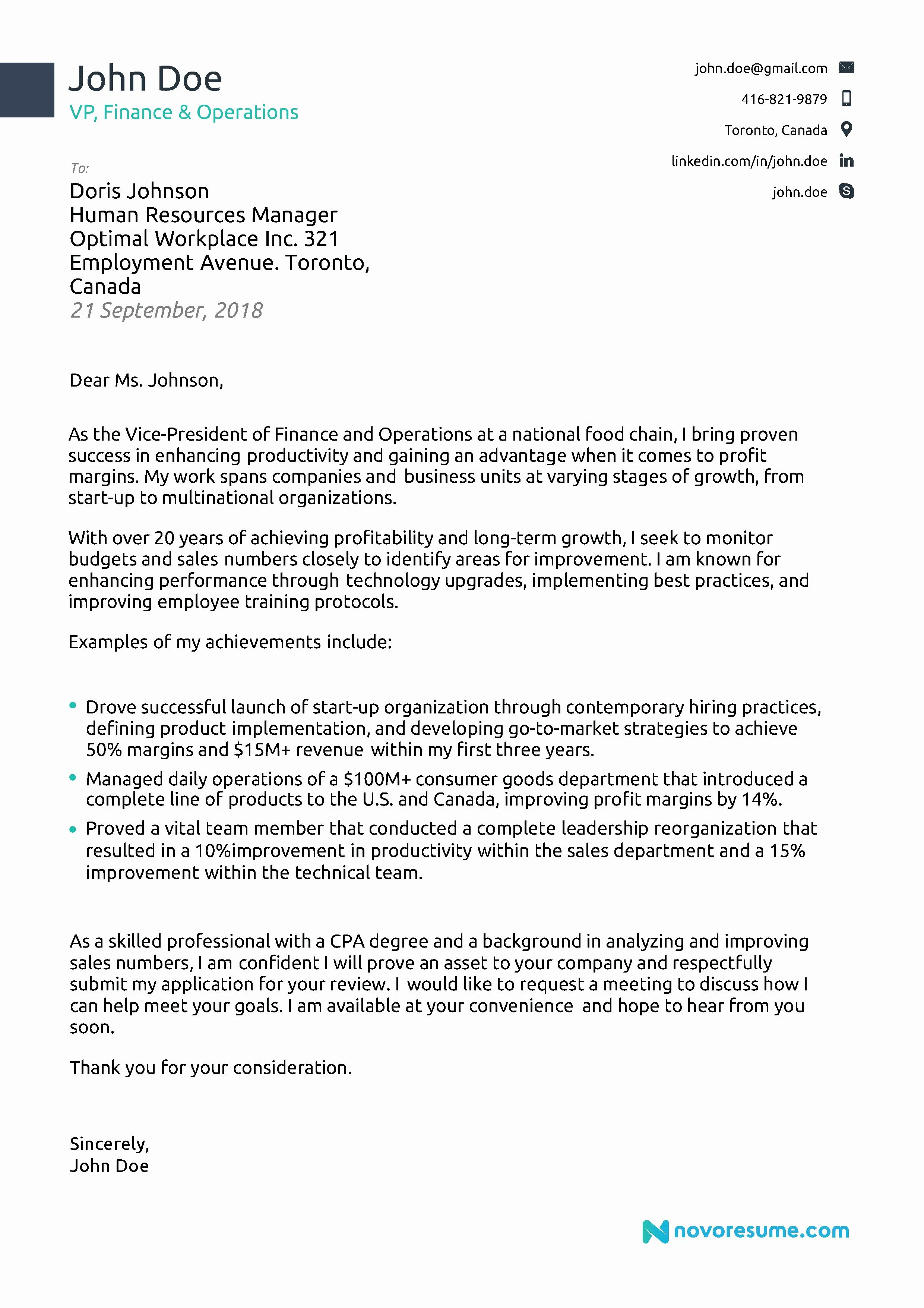
The date should be the current date, followed by the hiring manager’s name, title, and company address (if known). If you can’t find the hiring manager’s name, use a generic salutation like ‘Dear Hiring Manager’. Ensure the company name and address are accurate. This section demonstrates your attention to detail and professionalism. Proper formatting and correct information show respect for the hiring manager and the company. Finding the right contact details shows you’ve invested time and effort, which is always appreciated. It shows you are serious about the application and willing to go the extra mile.
Salutation
Use a formal salutation such as ‘Dear Mr./Ms./Mx. [Last Name]’ when the hiring manager’s name is available. If the name is unknown, use ‘Dear Hiring Manager’. Avoid casual greetings. A professional salutation sets the tone for the rest of your letter. Addressing the hiring manager by name is more personal and shows you have done your research. Ensure you have the correct title and spelling of the recipient’s name to show your attention to detail. When in doubt, it’s always better to err on the side of formality. This reflects your respect for the opportunity and the employer.
Body Paragraph 1: Introduction
The introductory paragraph should state the position you are applying for and how you found the job posting. Briefly mention your most relevant qualifications or skills and express your enthusiasm for the opportunity. This paragraph sets the stage for the rest of your letter. It shows the hiring manager that you understand the job requirements and are eager to apply. Keep it concise and engaging, as it is the first impression you make. Tailor the introduction to the specific job to demonstrate your interest in the company and the role. Include a brief statement of your value proposition, highlighting why you are a good fit.
Body Paragraph 2: Skills and Experience
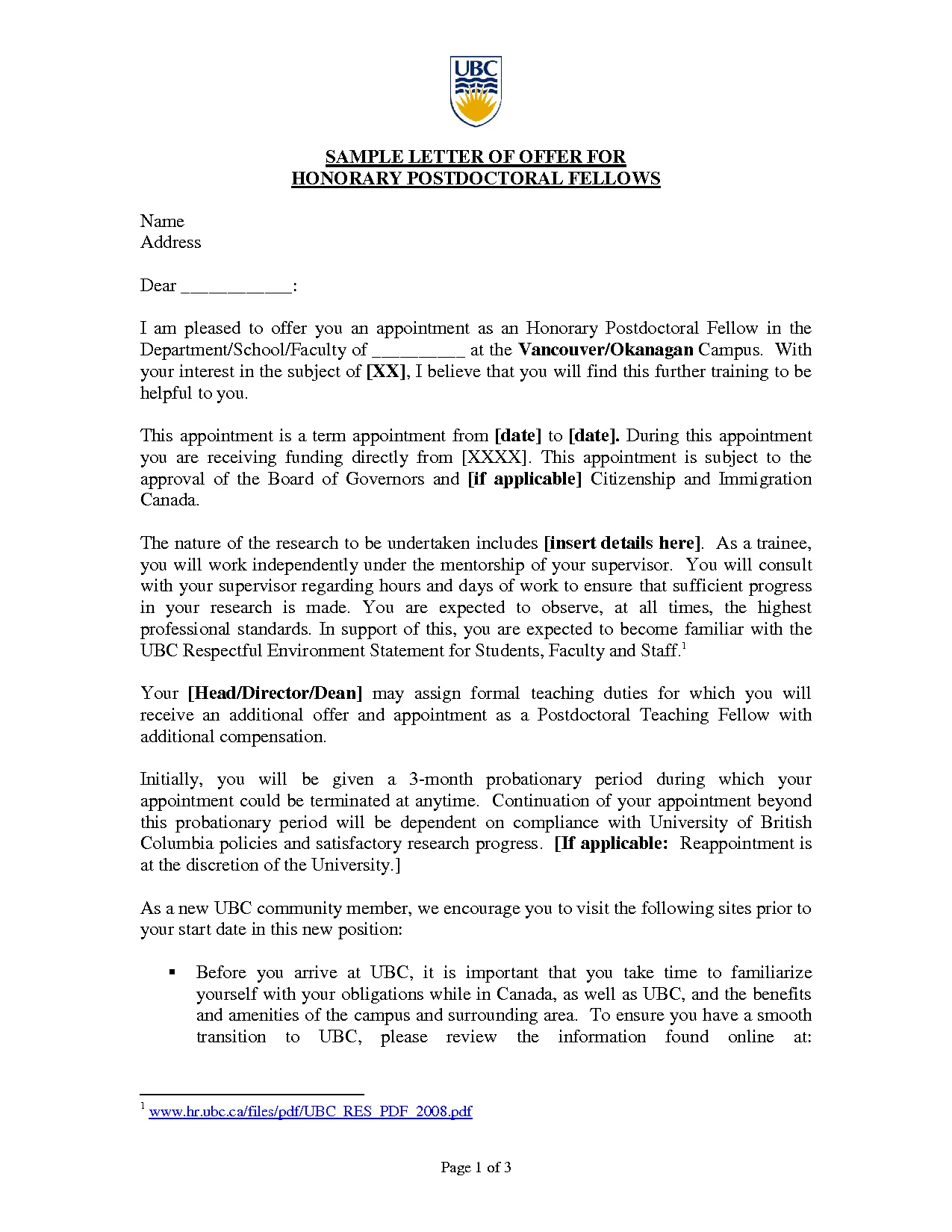
This is where you highlight your relevant skills and experience, providing specific examples and achievements. Use the job description as a guide and tailor your examples to match the requirements. Quantify your accomplishments whenever possible, using numbers and data to demonstrate your impact. Focus on the skills and experiences that are most relevant to the role and emphasize your successes. Use action verbs to describe your accomplishments, and provide concrete examples to support your claims. Focus on how your past experiences can benefit the company and solve their problems. Provide specific examples and quantify your achievements whenever possible.
Body Paragraph 3: Why This Company?
This paragraph should explain why you want to work for this specific company. Show that you have researched the company’s mission, values, and recent projects. Explain how your values align with theirs, and what excites you about the opportunity. Demonstrating genuine interest and knowledge of the company is key to making a positive impression. Show that you’ve invested time in understanding the company’s culture, products, or services. This shows your motivation to contribute to the company’s goals and your genuine interest in the position. Show you’re not just looking for a job, but a place where you can make a difference and grow.
Body Paragraph 4: Call to Action
In this paragraph, reiterate your interest in the position and express your eagerness for an interview. Thank the hiring manager for their time and consideration. Provide a clear call to action, such as inviting them to contact you. Reiterate your enthusiasm and make it easy for them to take the next step. Keep your tone professional and confident, and demonstrate that you look forward to the next steps in the hiring process. Thank the hiring manager for their time and consideration, and offer to provide any additional information they might need. Make the next step easy and clear for the hiring manager.
Closing

Use a professional closing, such as ‘Sincerely’ or ‘Respectfully,’ followed by your typed name. Do not include your signature here; your physical signature will go on a printed version. Keep the closing concise and professional. Make sure the tone is appropriate and reflects the formality of the letter. Double-check that your name and title are correctly formatted. Consider the closing as a final touch that reinforces your professionalism and attention to detail. Always proofread the closing, ensuring it’s consistent with the tone of the entire letter.
Formatting Your Cover Letter
Font and Style
Use a professional and easy-to-read font such as Arial, Calibri, or Times New Roman. The font size should be between 10 and 12 points. Maintain consistent formatting throughout the letter, including line spacing and margins. A well-formatted cover letter is easy to read and creates a positive impression. Ensure your formatting is consistent, as this demonstrates attention to detail. Choose a simple, clean font, avoiding decorative or overly stylistic fonts. Choose a professional font that is easy to read and doesn’t distract from the content. Adjust line spacing to create visual appeal and ease of reading.
Length
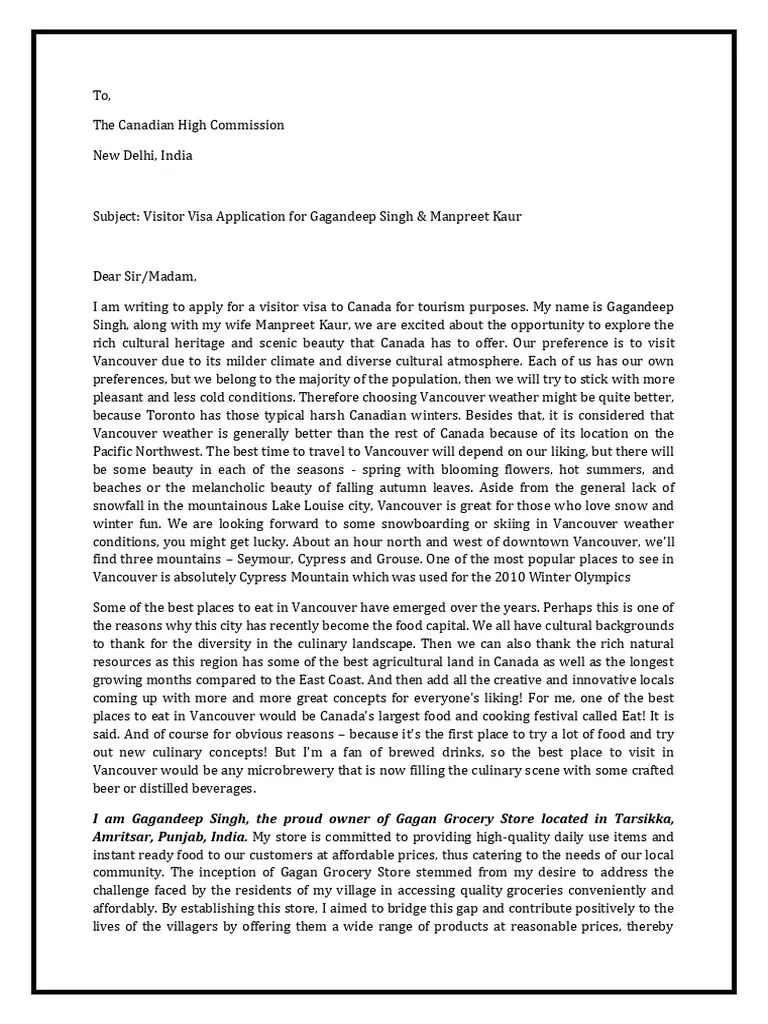
Keep your cover letter concise, ideally no more than one page. Focus on the most relevant information and avoid unnecessary details. Ensure the letter is easy to scan, with clear paragraphs and effective use of white space. Recruiters often have limited time, so a brief, focused letter is crucial. Respect the hiring manager’s time by being direct and to the point. Avoid excessive detail and focus on the most impactful information. A concise letter ensures your most important points are not lost.
Proofreading is Critical
Thoroughly proofread your cover letter for any grammatical errors, typos, or spelling mistakes. Use spell-check, but also read the letter carefully, as spell-check can miss errors. Ask a friend or family member to review the letter for you. Errors can create a negative impression and undermine your credibility. Proofreading shows attention to detail and professionalism. Never submit a letter without proofreading. A polished cover letter demonstrates your professionalism and respect for the opportunity.
Cover Letter Samples for Various Industries
Cover Letter Sample for Marketing

A marketing cover letter should highlight your understanding of marketing principles, demonstrate your ability to analyze data, and showcase your communication skills. It should emphasize your experience with marketing campaigns and your ability to generate leads and increase brand awareness. Include quantifiable results and examples of successful campaigns, illustrating the impact you’ve had in past roles. This also means showing your knowledge of digital marketing tools and trends, as well as how you use them to drive results. Tailor the letter to the specific requirements of the marketing position, emphasizing your relevant skills.
Cover Letter Sample for Engineering
An engineering cover letter should highlight your technical expertise, problem-solving skills, and experience with engineering projects. Mention specific software, tools, and methodologies you’re proficient in. It should include examples of your contributions to projects and the results you achieved. Demonstrate your ability to work in teams and communicate technical information clearly. Show your problem-solving skills and attention to detail, which are crucial in this field. Also, detail your understanding of engineering principles and any specific certifications or licenses. The letter should highlight how your skills and experience align with the requirements of the role and show your passion for engineering.
Cover Letter Sample for Healthcare
A healthcare cover letter should demonstrate your compassion, attention to detail, and understanding of medical procedures and protocols. Highlight any relevant experience, such as patient care or medical administration. It should show your knowledge of medical terminology and ability to work under pressure. Emphasize your ability to maintain patient confidentiality and adhere to ethical standards. Include relevant certifications, licenses, and any specialized skills related to the healthcare field. Highlight your passion for patient care and your commitment to providing the best possible care. Tailor the letter to the specific healthcare role, showcasing the relevant qualifications and experience.
Common Mistakes to Avoid
Grammatical Errors and Typos
Avoid grammatical errors, typos, and spelling mistakes, as these can damage your credibility. Always proofread your cover letter carefully before submitting it. Use spell-check and grammar-check tools, but don’t rely on them entirely. Enlist a friend or family member to review your letter for you. Minor errors can make a negative impression. Errors are a sign of carelessness and may lead to your application being rejected. Taking extra time to proofread can significantly boost your chances.
Generic Cover Letters
Avoid using generic cover letters. Always customize your cover letter for each job application. Tailor your letter to the specific requirements of the job and the company. Show that you have taken the time to understand the role and company. Generic letters demonstrate a lack of interest and may be ignored. Take time to research the company and tailor your letter accordingly. Personalizing your cover letter greatly increases your chances of getting an interview. Customize each cover letter to show you care.
Lying or Exaggerating
Do not lie or exaggerate your skills or experience. Be truthful and accurate in your cover letter. Avoid making claims that you cannot substantiate. Dishonesty can lead to the rejection of your application and may have other severe consequences. Be honest about your abilities and experiences. The truth is always the best approach. Recruiters can often spot lies and exaggerations. Be honest and truthful in your presentation of skills and experience.
Tips for Customizing Your Cover Letter
Tailor to the Job Description
Carefully review the job description and identify the key requirements. Tailor your cover letter to match the specific skills and experience that the employer is seeking. Use the same keywords and phrases that are used in the job description. This demonstrates to the hiring manager that you have the necessary skills and experience to perform the job. Customizing your letter to the job description ensures that you are highlighting the most relevant qualifications. Make sure your letter speaks directly to the job requirements and address the specific needs of the employer.
Showcase Relevant Skills
Highlight the skills and experiences that are most relevant to the job. Provide specific examples of your accomplishments and how you have used your skills in previous roles. Quantify your achievements whenever possible, using numbers and data to demonstrate your impact. Show how your skills align with the needs of the employer. Include specific examples of your achievements and how they relate to the job requirements. Tailor your letter to the skills the job requires, making your case more compelling.
Use Action Verbs
Use action verbs to describe your accomplishments and responsibilities. Action verbs make your cover letter more engaging and dynamic. Use verbs such as ‘managed,’ ’led,’ ‘developed,’ ‘achieved,’ and ‘implemented.’ This adds a level of professionalism and makes your cover letter stand out. Avoid passive voice and use active voice to present your accomplishments more effectively. Use action verbs and be specific to make your letter more compelling and impactful.
Conclusion How to Make Your Cover Letter Stand Out
To make your cover letter stand out, always personalize it for each application and highlight your most relevant skills. Provide specific examples of your accomplishments and quantify your results whenever possible. Research the company and demonstrate your genuine interest in their mission and values. Always proofread your cover letter to avoid grammatical errors and typos. Present yourself in a professional and confident manner, demonstrating your enthusiasm for the role. A well-crafted cover letter can significantly increase your chances of landing an interview and ultimately securing your dream job in Canada. Remember that the cover letter is your chance to shine, so invest the time and effort to make it a success.
